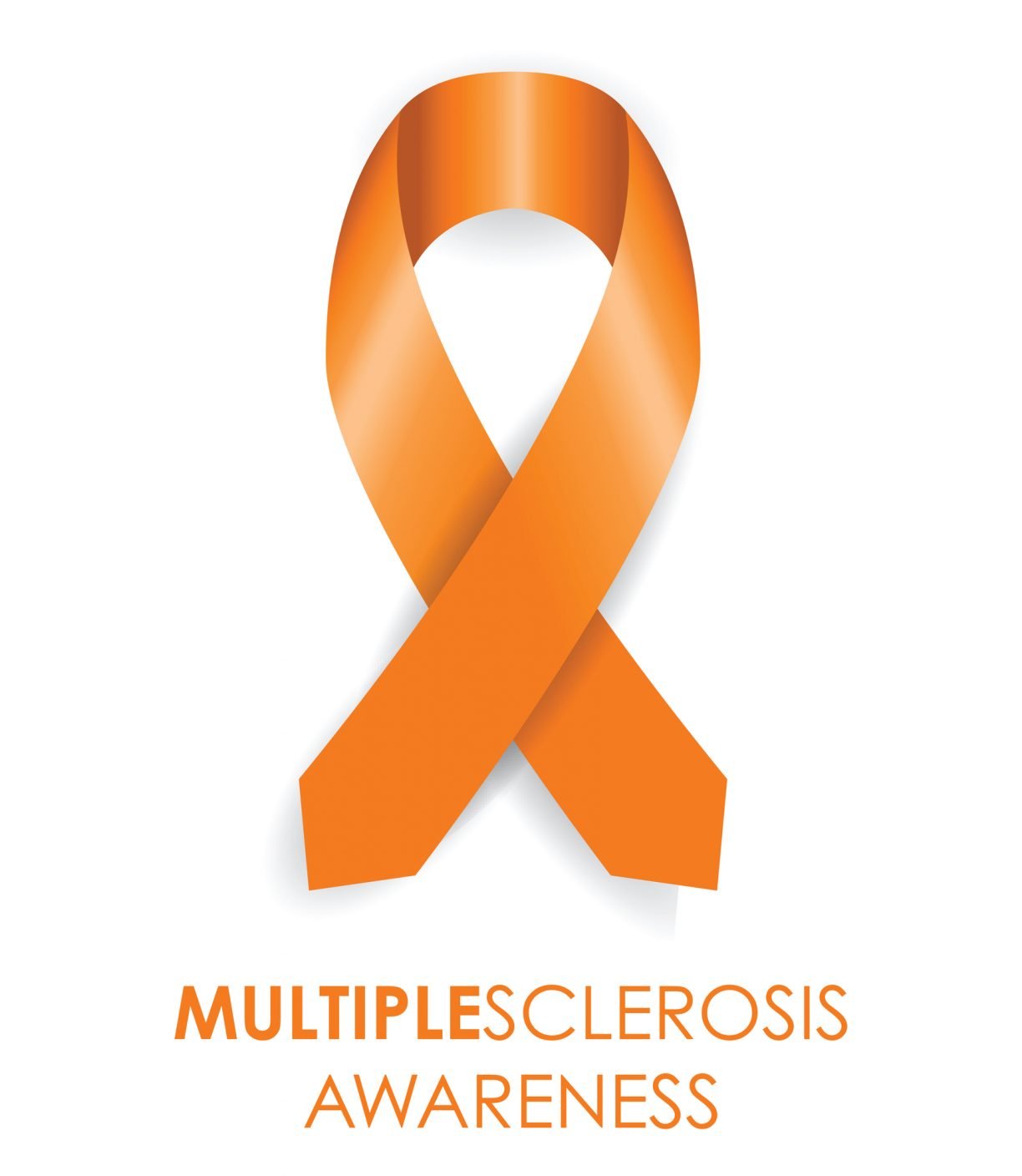More but not the end……
There are four primary types of MS; relapsing-remitting, secondary-progressive, primary-progressive, and progressive relapsing. But even though there are common factors among those with MS, everyone is an individual. That means there’s no cookie cutter approach to increasing function.
Still, there are similarities, so let’s consider them here…
In my last two posts, I touched on how we approach the issues of knowing where we are in space, spasticity, coordination, and balance.spasticity, coordination, and balance Here, we’ll look at heat and stress, fatigue, and flexibility.
Heat can cause a temporary worsening of MS symptoms and stress and tension can raise core body temperature. With the gentle movement of a Feldenkrais® lesson, a participant can learn to release stress and tension. This helps turn down the heat while allowing body energy to flow freely. By using attention and breath, one can learn to detect (and thereby avert) increased body temperature *before* problems begin.
Living with MS can mean change and stress. Stress depletes an individual both emotionally and physically and adds to fatigue to boot. Using the Feldenkrais Method® helps those with MS learn how to function in a more relaxed state, thus quieting the sympathetic nervous system (your “fight or flight” response.) Since the movements are based on functional activities, people are given the opportunity to notice their habitual anxiety patterns and to explore more effective ways to cope. While teaching regular classes for the MS Society, we frequently met in less than optimal facilities. There was often noise or movement in the room, but I chose not to change the location of these sessions because I knew my students needed to learn to calm and sense themselves in all surroundings. After all, malls, noisy restaurants, and traffic jams don’t go away just because you have MS!
Fatigue can be the biggest challenge because we can create it without even knowing it. Strain, tension, and fatigue are often the result of smaller muscles doing the work of larger ones. Learning does not occur when fatigue is present, so students are given the opportunity to modulate their own sense of fatigue. Because participants are able to move or rest at their own pace, they gain more control over fatigue.
Flexibilty is the ability to switch and use a different part of the body for an activity. Learning to use muscles to move rather than to support will improve range of motion and aid in increasing energy. Initiating motion from large muscles closer to the center of our bodies also allows for more proportional distribution of movement, and that conserves energy and strength. Those are the keys to maintaining the joint and muscle flexibility that is important for walking and other daily living activities.
Although I accommodate all ability levels and use many positions, I like lessons on the floor because it helps people feel and sense in a different way and explore what works. This enables students to discover a new way to walk, get up from the floor, or play with a child. I teach my student to notice what is happening.
I ask students to do less than they can so that they can focus on learning how to be their own “inner advisor”. Once moving becomes easier, they naturally want to do more.
Comment or ask questions here, or contact me at beth@movementmatters.us
Keep exploring and keep asking questions,
Beth


